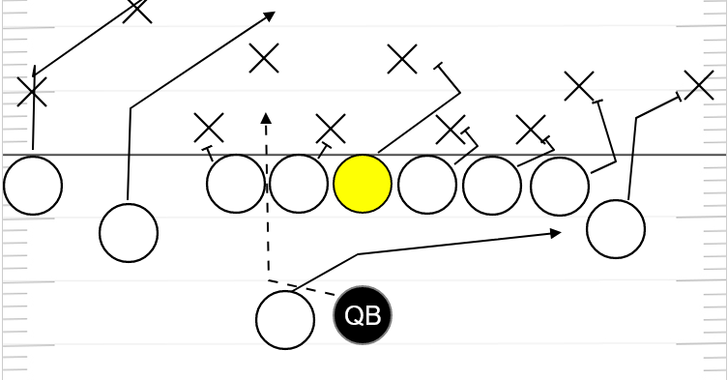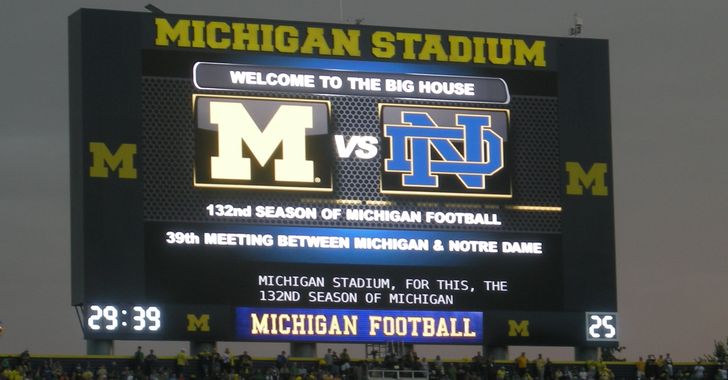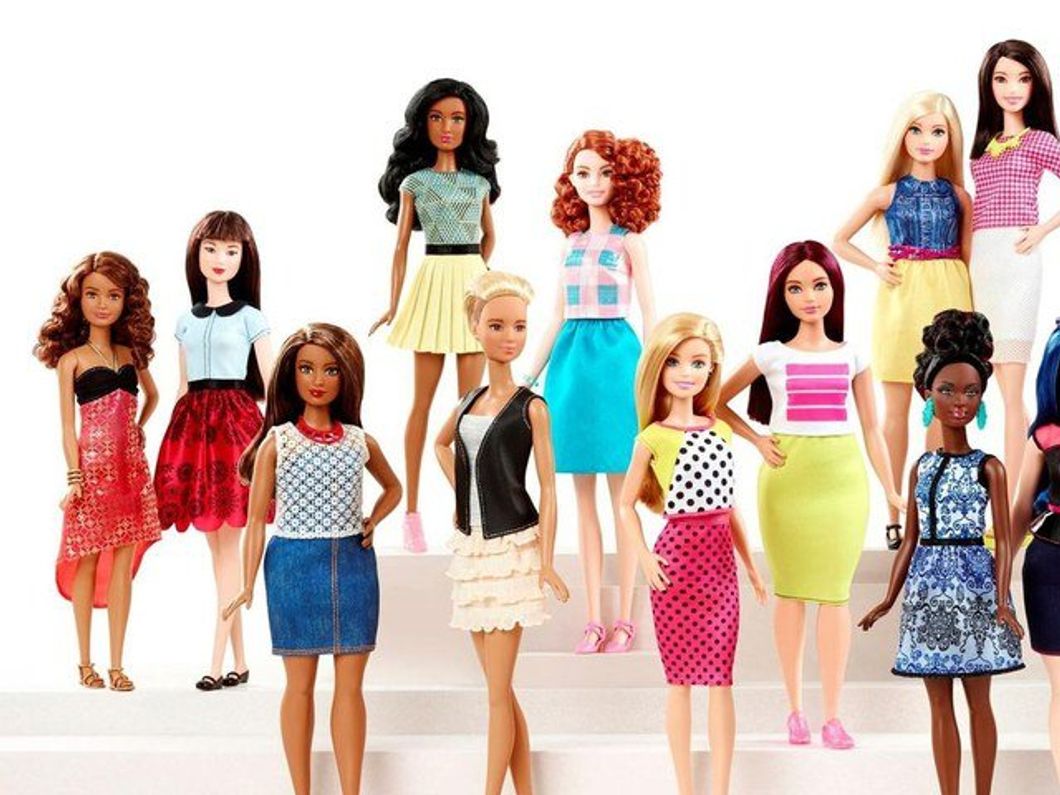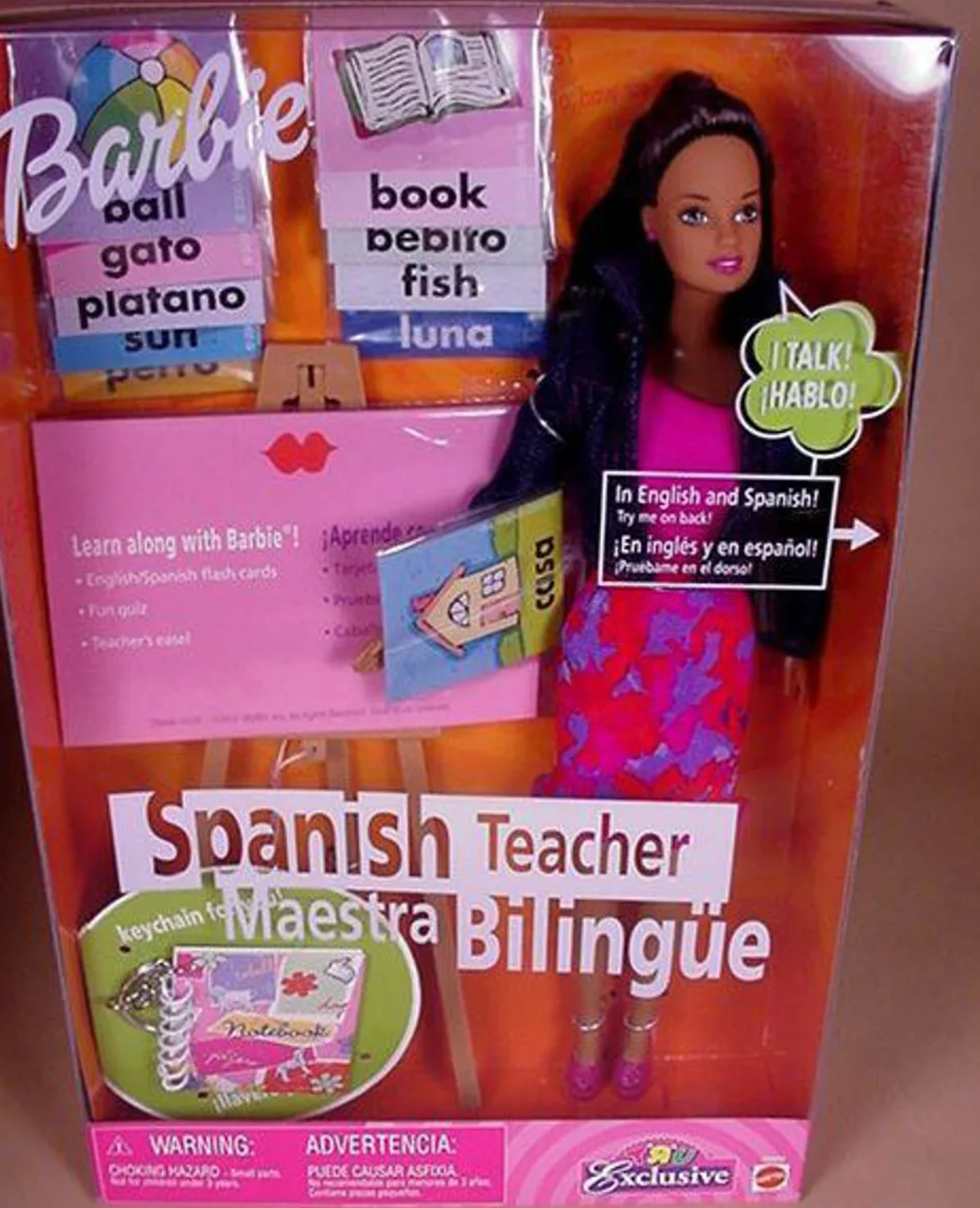The achievement gap has been a problem for as long as education has been around, and unfortunately, it's still hanging on in today's society. Students lack the basic necessities to gain access to resources and succeed in their education, and the facts don't lie: it's still happening in today's society.
1. By 12th grade, students who are African-American, Latino or come from low-income backgrounds are, on average, four years behind their more advantaged peers.
2. The achievement gap first came up in conversation nearly 50 years ago, and it's still coming up today, which yields a problem.
3. Students who are African-American, Latino or come from low-income backgrounds are less likely to graduate from high school, enroll in college, and complete college.
4. Research shows that by age 3 or 4, signs of the achievement gap are already showing up.
5. Without universal pre-K, some students do not have access to high-quality early childhood programs, putting them behind before even starting their K-12 schooling.
6. When students who are African-American, Latino or from low-income families do get access to early childhood education, they are less likely to be in what is defined as a high-quality classroom.
7. The achievement gap between families of higher income and lower income has grown by 40 percent since the 1960s.
8. The students who experience the achievement gap the most are those who fall into the categories of racial and ethnic minorities, English Language learners and students who may need different accommodations.
9. 17-year-old students who are African-American or Latino performed at the level of a 13-year-old on the NAEP.
10. Only 11 percent of all students who are Latino will complete their Bachelor's degree.
11. Despite efforts, schools are continuing to be somewhat segregated based on income.
The achievement gap is certainly alive and well in the United States, and the only thing that will curb it is thoughtful, forward-thinking educators and leaders.
From Your Site Articles









 Photo by
Photo by 









































